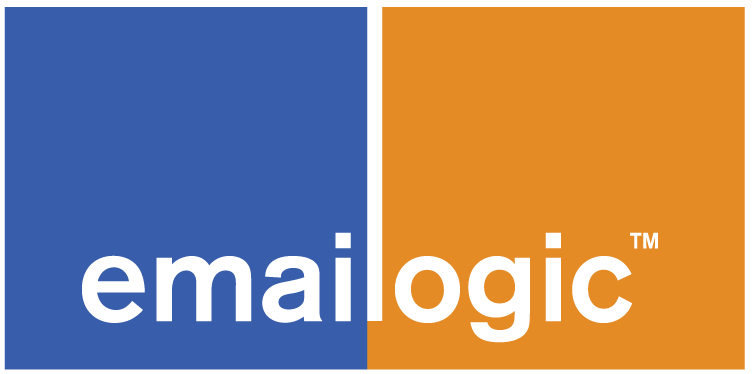The ABC of E-learning
There are many good reasons to introduce e-learning especially in large organisations – but also many reasons why e-learning fails.
Of course, e-learning has its critics. Many e-learning “naysayers” complain about the lack of take up. It can be difficult to persuade/ guide/ threaten staff to do an online course – especially if they are expected to do this in their own time or during work breaks. Classroom based training is always easier to manage from an attendance perspective. You can see the “bums on seats”!
Often e-learning courses are poorly designed. Pedestrian e-learning is always easy to find but there should be no excuse for this.
The best e-learning courses encourage lots of learner participation, have rich content, use video, animations and graphics to keep engagement high. Let’s face it, few people learn by simply reading pages of text or instructions without any chance to take part.
Compatibility is another challenge. Most larger organisations will have their own Learning Management System – they will host content which is designed especially for them but will also commission external content or buy “off the shelf” and as long as it is compatible with the LMS in question then this can be a cost effective way for companies to deliver training to their staff.
One of the major benefits of e-learning is, of course, consistency of content. All staff will have access to the same exactly training – which has too many benefits to list here.
E-learning can also be accessed by anyone, anytime, anywhere and – increasingly – on any device.
Research has shown that some people do not respond well to small screen elearning and prefer to learn from a laptop or PC. But for some the choice is desirable – for example sales staff or field based workers who are very time poor may prefer to access e-learning on an iPhone, tablet or similar.
Traditional classroom training may not appeal to everyone, travel may not be possible or in-house facilities may be limited.
Of course the cost advantage of saving on classroom training and associated Trainer and travel costs is clear – as long as the e-learning is effective, relevant and easy to use. Otherwise you may be spending less and achieving very little.
Other advantages of e-learning include the ability to cater for deaf or blind staff. Elearning courses should offer high levels of accessibility which remove any barriers to learning from these groups.
Track-ability is also an invaluable feature. E-learning courses must have the facility to track user progress – not only from the learner’s perspective but also from the Manager’s perspective. This is vital when e-learning is used for compliance or mandatory training. If learner pass rate can also be tracked this makes it all the more desirable.
The new 45 minute email productivity course from Emailogic includes valuable tips, techniques and behavioural learning that is relevant for anyone who uses email – which means it is of value to most staff.
As a result of attending staff do more real work and less unnecessary email. Emailogic e-learning also ticks all of the boxes of what an outstanding world class e-learning programme should be.
It is highly interactive, SCORM compatible, trackable and will work with most Learning Management Systems (or can be hosted). It is extremely content rich with video and audio and has enhanced accessibility features as standard. It also has a downloadable ebook, works on any device and is available in 127 languages too. There is even an optional editor so every business can include text, links and files specific to their culture – and it can be updated in-house at any time.
Click here to see a 3 minute preview and contact us on 00 44 1452 886 556 for pricing or to arrange a full demonstration.

